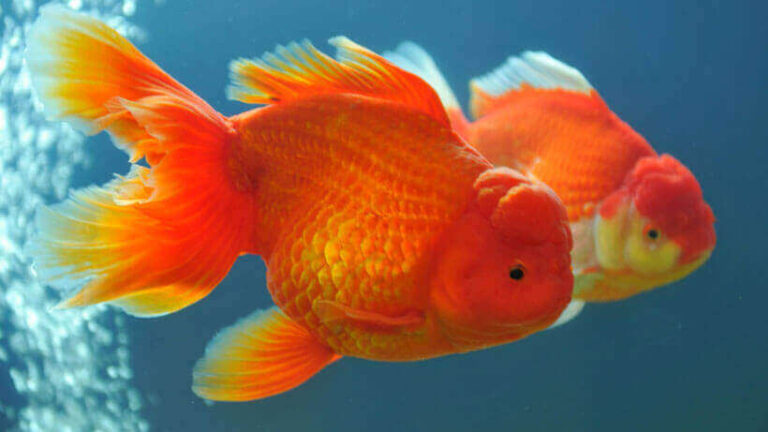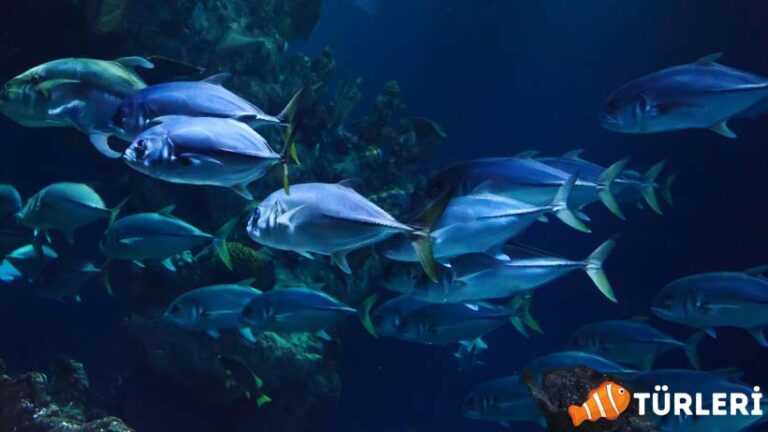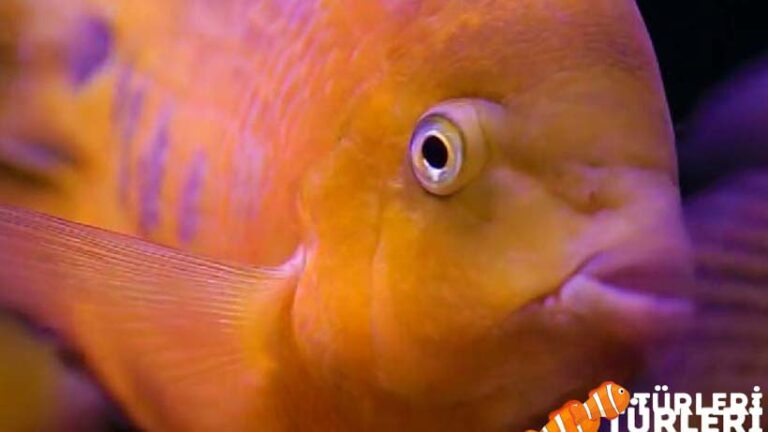Black Skirt Tetra
Black Skirt Tetra (Gymnocorymbus ternetzi) is a popular freshwater fish native to the rivers of Brazil, Bolivia, and Northern Argentina. They are a popular choice for aquarium enthusiasts because of their unique appearance and relatively easy-care requirements. Below is a guide to taking care of Black Skirt Tetras, their compatible tank mates, breeding, and more.
Black Skirt Tetra Fish Species Summary:
| Scientific Name: | Gymnocorymbus ternetzi |
| Origin: | Rivers of Brazil, Bolivia, and Northern Argentina |
| Diet: | Omnivore (eats both plant and animal matter) |
| Behavior: | Generally peaceful but can be nippy towards fish with long fins |
| Behavior Towards Their Own Species: | Schooling fish, prefer to be in groups |
| Swimming Zone: | Middle |
| Water Temperature: | 21 – 28 °C |
| Water Hardness: | 5 – 20 GH |
| pH Level: | 6.0 – 7.5 |
| Minimum Aquarium Volume: | 76 Liters (20 gallons) |
| Adult Size: | 5 – 8 cm |
| Reproduction: | Egg scatterers, do not provide parental care |
| Lifespan: | 3 – 5 years (with proper care) |
| Care: | Moderate, requires regular aquarium maintenance and proper tank mates. |
Care
Tank Size
Black Skirt Tetras are known for their active swimming behavior, which necessitates providing them with adequate space to move around. A 20-gallon tank is often considered a suitable starting size for a small group of Black Skirt Tetras, as it provides enough space for them to swim freely and exhibit natural behaviors. However, if you plan on keeping a larger school of Black Skirt Tetras or intend to introduce other fish species into the aquarium, it is recommended to opt for a larger tank. A larger tank will not only provide more space for the fish to swim but will also help in maintaining better water quality by diluting waste products.
Water Parameters
Black Skirt Tetras prefer water that closely resembles their natural habitat. The ideal pH range for Black Skirt Tetras is between 6.0 and 7.5, which is slightly acidic to neutral. The water hardness should be between 5 and 20 dGH, which is considered to be soft to moderately hard water. The temperature of the water is also crucial for the well-being of Black Skirt Tetras. They thrive in water temperatures between 70°F and 82°F (21°C and 28°C). It is important to maintain these water parameters consistently as fluctuations can cause stress and negatively impact the health of the fish.
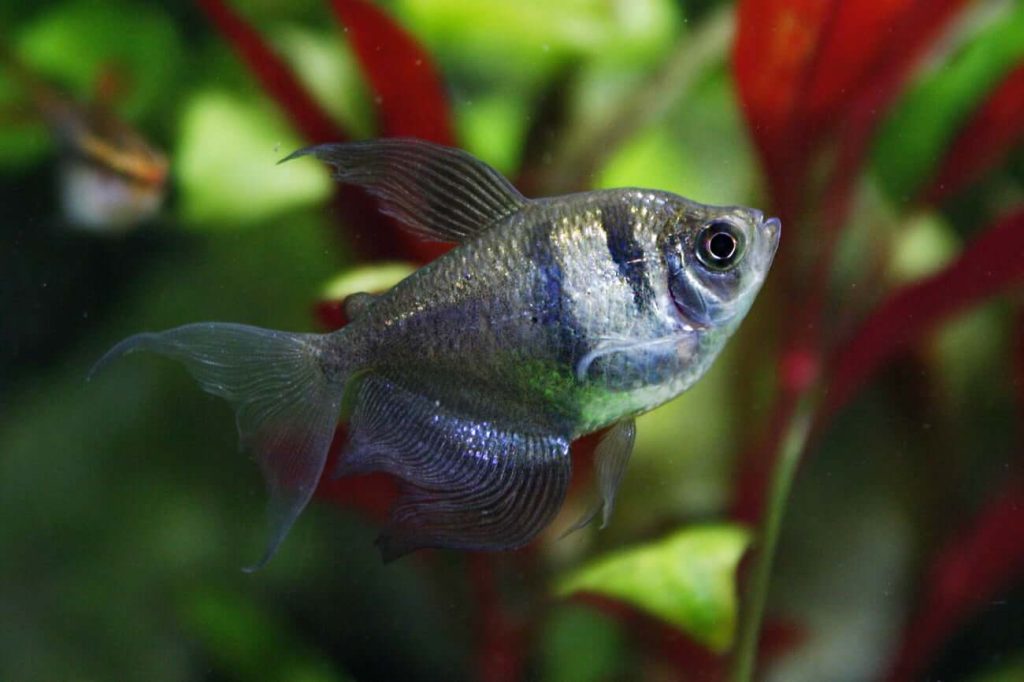
Filtration
Effective filtration is crucial for maintaining a healthy environment for Black Skirt Tetras. A good quality filter helps in removing physical debris, excess food, and waste products from the water, keeping it clean and clear. Additionally, the filter also helps in oxygenating the water, which is essential for the survival of the fish. For a Black Skirt Tetra tank, a hang-on-back filter or a sponge filter is usually sufficient. A hang-on-back filter is convenient as it hangs on the outside of the tank and provides mechanical and biological filtration. A sponge filter, on the other hand, provides gentle filtration and is excellent for tanks with fry or small fish. Both types of filters are effective for Black Skirt Tetra tanks, and the choice depends on the specific needs and preferences of the aquarist.
Diet
Black Skirt Tetras have an omnivorous diet, which means they consume both plant and animal-based foods. In their natural habitat, they feed on a variety of food sources, including small invertebrates, algae, and plant matter.
To replicate this varied diet in the home aquarium, a high-quality flake or pellet food specifically formulated for tetras should form the basis of their diet. These commercially prepared foods are nutritionally balanced and contain the essential vitamins, minerals, and nutrients required for the fish’s optimal health and growth.
However, a diet solely based on dry food is not sufficient for Black Skirt Tetras. It is important to supplement their diet with live or frozen foods to provide additional nutrients and encourage natural foraging behavior. Live or frozen foods such as brine shrimp, daphnia, and bloodworms are excellent choices. These foods are not only nutritious but also help in enhancing the fish’s coloration and promoting overall health.
Feeding a varied diet is crucial to prevent nutritional deficiencies and ensure the long-term health and vitality of Black Skirt Tetras. It is recommended to feed them small portions 2-3 times a day. Overfeeding should be avoided as it can lead to water pollution and health problems for the fish.
Remember to remove any uneaten food from the aquarium after feeding to maintain water quality and prevent the accumulation of waste.
Maintenance

Keeping Black Skirt Tetras healthy requires regular maintenance of their living environment. Like all fish, Black Skirt Tetras produce waste, and over time, the accumulation of waste products, uneaten food, and plant debris can lead to deteriorating water quality, which in turn can stress the fish and make them more susceptible to diseases.
- Water Changes Performing regular water changes is essential for maintaining water quality. It is recommended to change 25-30% of the tank water every week. This will help in removing waste products, replenishing essential minerals, and maintaining the overall water quality. When performing water changes, make sure to treat the new water with a water conditioner to remove chlorine and chloramine, as these chemicals are harmful to fish.
- Water Parameters Regularly check the water parameters such as pH, hardness, and temperature to ensure they are within the ideal range for Black Skirt Tetras. Use a reliable water test kit to monitor the levels of ammonia, nitrite, and nitrate, as elevated levels of these compounds can be toxic to fish.
- Filter Maintenance Regular maintenance of the filter is also essential to ensure its optimal performance. Rinse the filter media in the tank water (not tap water, as it will kill the beneficial bacteria) during the water changes. Replace the filter media as per the manufacturer’s instructions, usually every 3-6 months.
- Aquarium Cleaning Regularly clean the aquarium glass, decorations, and substrate to remove algae and detritus. Use an aquarium vacuum to clean the substrate and remove accumulated waste.
- Plant Care If you have live plants in the aquarium, regularly trim the dead leaves and prune the plants to maintain their health and appearance.
By maintaining a clean and stable environment, you can ensure the health and well-being of your Black Skirt Tetras. Regular maintenance will also help in preventing diseases and maintaining a visually appealing aquarium.
Breeding
Breeding Black Skirt Tetras can be somewhat challenging, as they are egg scatterers and do not provide parental care to their eggs or fry. However, with proper preparation and care, it is possible to successfully breed them in a home aquarium.
- Tank Setup Setting up a separate breeding tank is essential to provide a controlled environment for spawning. The breeding tank should have soft, slightly acidic water with a pH of 6.0-6.5 and a temperature of 78-82°F (25-28°C). The tank does not need to be large, a 10-20 gallon tank should suffice. Add some fine-leaved plants like java moss or a spawning mop to the tank as these will serve as a surface for the female to lay her eggs. Make sure to provide adequate lighting as it can stimulate spawning.
- Conditioning Conditioning the breeding pair is crucial for successful breeding. Select a healthy pair of mature Black Skirt Tetras, and feed them a diet of high-quality live or frozen foods such as brine shrimp, daphnia, and bloodworms for about a week before introducing them to the breeding tank. This will help in enhancing their fertility and prepare them for spawning.
- Spawning Introduce the conditioned pair into the breeding tank. Once in the breeding tank, the male will start displaying courting behavior by chasing the female and displaying his fins. If the female is receptive, she will scatter her eggs on the plants or spawning mop. The male will then follow and fertilize the eggs by releasing his milt. The female can lay up to 200-300 eggs during spawning.
It is important to remove the parents from the tank immediately after spawning as they may eat the eggs. Black Skirt Tetras do not provide any parental care, and once the eggs are fertilized, the parents can be returned to their original tank.
- Raising the Fry The fertilized eggs will hatch in about 24-36 hours, and the fry will be free-swimming in about 3-4 days. The newly hatched fry will initially feed on their yolk sac, and once it is consumed, they will start searching for food. Feed the fry infusoria or liquid fry food for the first few days until they are large enough to eat baby brine shrimp or micro worms.
Provide the fry with a gentle flow of water and maintain the water quality by performing regular water changes. As the fry grow, you can gradually start feeding them finely crushed flake food.
Raising the fry can be challenging, as they are very small and delicate. However, with proper care and nutrition, they can grow into healthy adults.
Remember, breeding Black Skirt Tetras requires patience and attention to detail. With proper preparation and care, it is possible to successfully breed and raise Black Skirt Tetras in a home aquarium.
More Tips
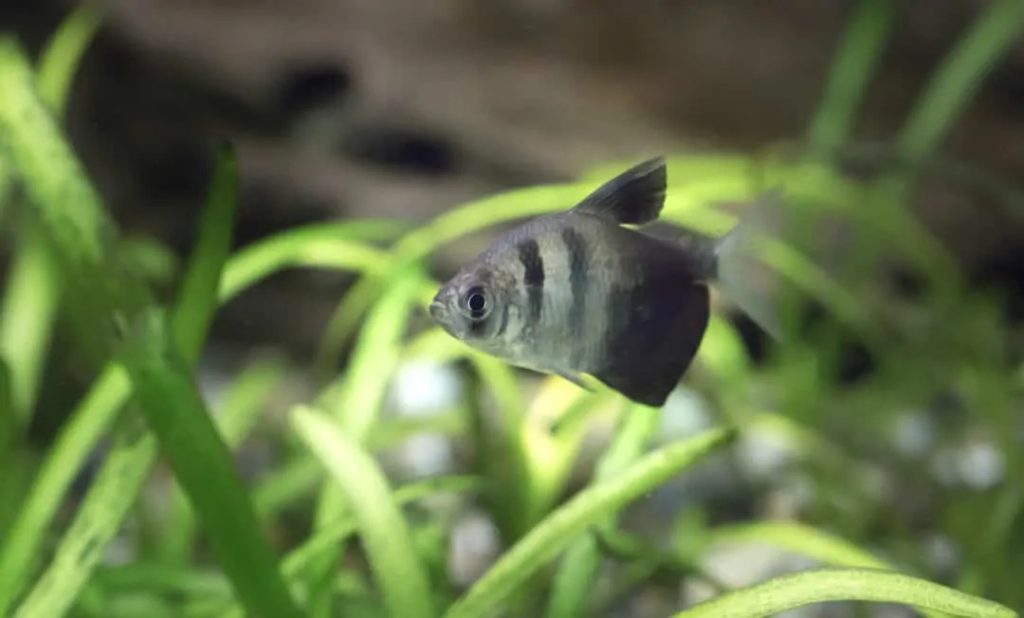
- Schooling Fish: Black Skirt Tetras are schooling fish, meaning they prefer to be in groups of their own kind. It is recommended to keep them in groups of at least 5-6 individuals, although a larger school is always better. Being in a school helps to reduce stress, as it makes them feel more secure and also encourages natural behaviors. A solitary Black Skirt Tetra may become stressed, which can lead to health issues.
- Decoration: Black Skirt Tetras come from river systems with plenty of vegetation, so it is important to replicate this environment in the aquarium. Provide plenty of plants, driftwood, and rocks to create hiding spots and mimic their natural habitat. However, also make sure to leave some open swimming space, as they are active swimmers.
- Variants: There are several variants of the Black Skirt Tetra available in the aquarium trade. Besides the standard wild type, there are also white (or ‘white skirt’) and long-finned variants available. These variants have the same care requirements as the standard Black Skirt Tetra.
- Properly Cycle Your Tank: It is crucial to properly cycle your tank before adding any fish. Cycling the tank means establishing a colony of beneficial bacteria that will help to break down ammonia and nitrite, which are toxic to fish. This process usually takes about 4-6 weeks. Use a water test kit to confirm that the levels of ammonia, nitrite, and nitrate are appropriate before adding your fish.
- Gradual Acclimation: When introducing Black Skirt Tetras to a new tank, it is important to acclimate them gradually to reduce stress. Float the bag containing the fish in the tank water for about 15-30 minutes to equalize the temperature. Then, slowly add small amounts of tank water to the bag over a period of 30-60 minutes. This will help the fish to adjust to the new water parameters gradually.
With proper care and attention, Black Skirt Tetras can make a beautiful and lively addition to your aquarium. They are hardy, relatively easy to care for, and their unique appearance and behavior can add a lot of interest to a community aquarium. Remember to provide them with a suitable environment, a varied diet, and regular maintenance to ensure their health and well-being.


